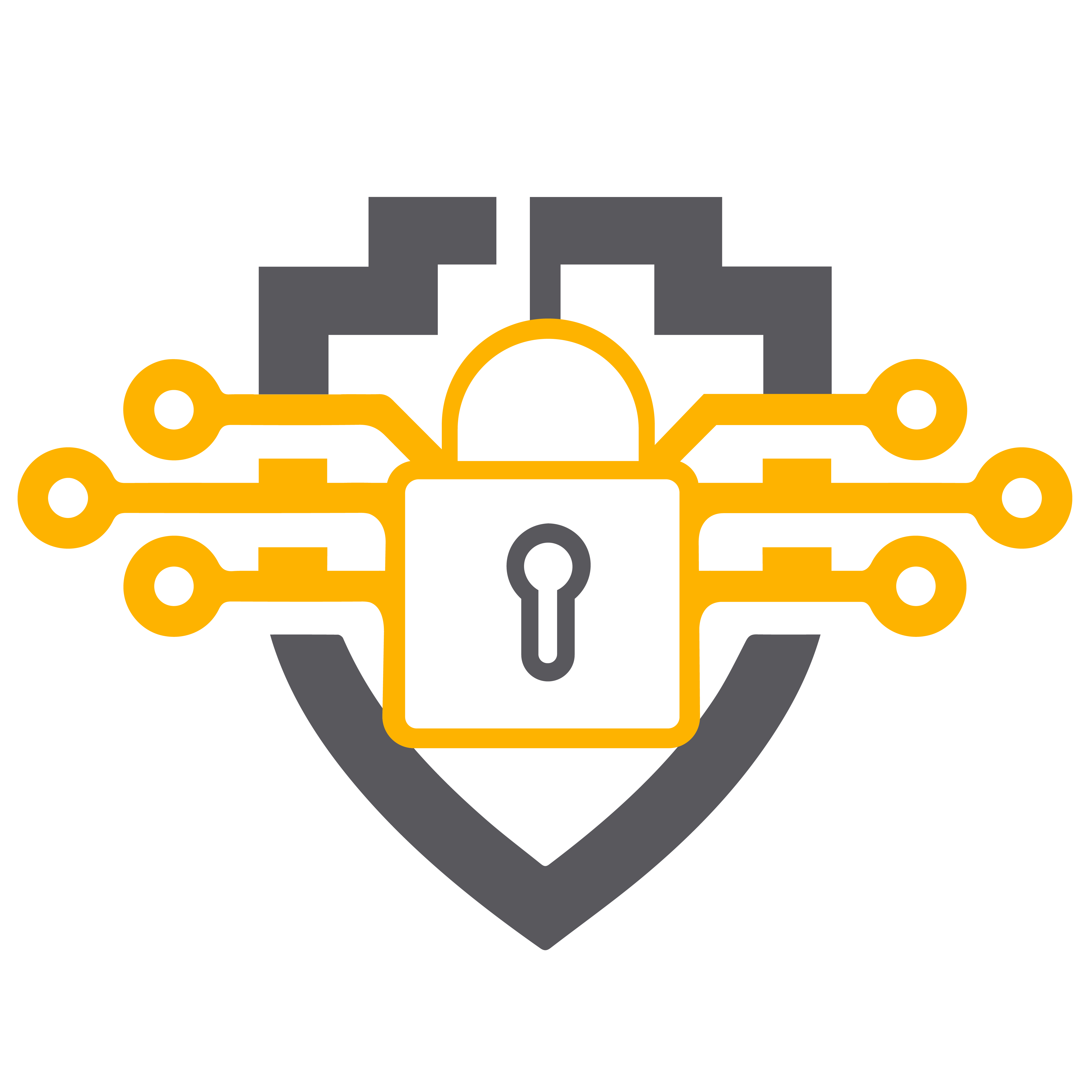
BLOG DETAILS
Best Practices to Follow for Strengthening the Enterprise Security
In times of sudden and drastic change, you can locate challenges and opportunities in many directions. And this adage is certainly true when it comes to IT and cybersecurity. The outburst of the COVID-19 created opportunities (in the form of vulnerabilities) for the cybercriminals to launch their attacks. The attack surface for the internet extortionists has increased significantly and your traditional ways can no longer withstand this new wave of cybercrimes. Hence, you are required to improve your enterprise security practices and hire some reliable ransomware recovery service.
Traditionally, many organizations were just relying on mere antivirus and firewalls but these have no longer remained a reliable solution. These shields can be compromised very easily with modern hacking techniques. This is the reason why businesses have seen approximately 500 million ransomware attacks in the first nine months of 2021. Companies that have inducted the business security systems could only save their data from these attacks. Although having the best malware protection for business is the only solution against this massive drive, we have mentioned some practices that can strengthen your enterprise security.
Tips and Practices that Can Improve Your Enterprise Security:
The following are the tips that, if you follow, can strengthen the enterprise-level security of your business:
Second, you can pay the ransom to the malicious entities and get the decryption key. But the problem with this option is that cybercriminals may not fulfill their part of the bargain. Third, get help from data protection services and they will use their expertise and tools to get your data and systems back.
Your Data Security Should be Your Top Priority:
In today’s digitalized business environment, you face a bombardment of security risks and a barrage of potential solutions on a daily basis. As a result, you may succumb to decision paralysis and do nothing. Furthermore, you may think that the chances of security risks fall on a ‘what-if’ scenario which compels you to let go of taking security decisions. However, the situation whatever may be, the cost of securing your data and systems is a lot less than recovering them. So, always consider data security as your top priority.
Perform Regular Scans:
Antivirus solutions are considered the vanguards of your business security systems. Having the best antivirus software on all your systems is not enough. You must do regular scans to locate the virus in the early stages otherwise that virus will cause serious damage to your systems and data. This is typically not only the best security practice but a regulatory mandate.
Practice Least Privilege:
You may not understand this but your employees can cause just as much harm as an outside attack. Nearly half of the cyber incidents result from the negligence of your employees. To avoid such accidental misconfiguration, practice the least privilege. It will ward off both intentional and accidental insider attacks. Adopting this principle maintains that unless otherwise specified, a role will be assigned the least amount of access possible to a system. As a role is more defined, the necessary access becomes clearer and is assigned accordingly.
Maintain Consistent Policies:
As technology and business operations are transforming very quickly, these changes cause your organization to modify its infrastructure. Also, your organization can grow incredibly quickly, and with the introduction of cloud and hybrid environments, it’s only getting faster. Unfortunately, this can just as quickly lead to misconfiguration, which is a major catalyst to security issues. So, ensuring proper configuration across all your systems is critical to the data and system security of your organization.
Increase Organizational Awareness:
When you have the right protection in place, a single click on a suspicious email won’t lead to disaster. However, there are other ways through which your employees can add unnecessary risk to your organization. For example, if and when an employee installs an application on his workstation or uses a web service that has not been approved by the IT Team, chances are your company will fall into the trap of cybercriminals. You may think that using an unapproved web service to transfer files to a coworker or other stakeholder is harmless, but it can be dangerous.
You have no guarantee that the service or application you are using is safe for transfer. The service providers themselves or some other hacker can hack your data because of vulnerability. Also, it can open back doors for further attacks.
Final Thought:
These days, the frequency of cyber-attacks has increased by many folds and the best thing to save your company is; to strengthen your enterprise security. You may not be able to take all those measures and perform all those security operations on your own. But if you outsource your security to some reliable service provider like Best Ransomware Recovery (BRR), they will provide you with the best malware protection for business. Although the aforementioned tips are good to improve your basic security, you need experts in this field to actually make your company invincible for the bad actors.

.webp)